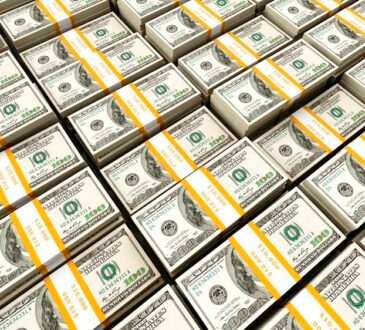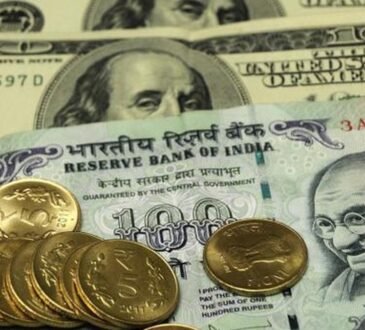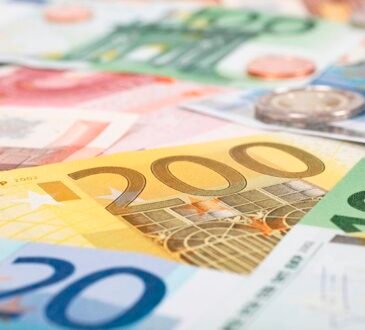By Ankur Banerjee
SINGAPORE (Reuters) – The dollar was on the back foot on Thursday, with the euro perched near an eight-month high after data showed U.S. inflation was slowing, underpinning wagers that the Federal Reserve could lower borrowing costs next month.
The yen was steady at 147.26 per dollar after data showed Japan’s economy expanded by a faster-than-expected annualised 3.1% in April-June, rebounding from the previous quarter due to a solid pickup in consumption.
In the U.S., data on Wednesday showed the consumer price index rose moderately, in line with expectations, and the annual increase in inflation slowed to below 3% for the first time since early 2021.
The figures add to the mild increase in producer prices in July in suggesting that inflation is on a downward trend, although traders are now anticipating the Fed to be not as aggressive on rate cuts as they had hoped.
Josh Chastant, portfolio manager for public markets at GuideStone Funds, said both the U.S. CPI and PPI data pointed to a 25 basis point (bps) cut by the Fed in September.
“A lot will depend on the tone of the minutes and post-meeting press conference, but markets could be mildly disappointed if we only get a 25bps reduction,” he said.
Markets are now pricing in 64% chance of a 25 bps cut next month and a 36% chance of a 50 bps reduction, the CME FedWatch tool showed. Traders were evenly split at the start of the week between the two cut options following last week’s sell-off.
Markets anticipate 100 bps of cuts this year from the Fed.
“The blinding green light for rate cuts remains firmly switched on, and the Fed is getting the disinflationary evidence it needs to gain confidence to follow through on that,” said Kyle Chapman, FX markets analyst at Ballinger Group.
“A 50bps cut is a desperate move and would be more dependent on a growth scare.”
The euro was steady at $1.10110 in early trading, hovering close to $1.10475, the highest since early January it touched on Wednesday. The single currency is up 0.86% for the week, set for its strongest weekly performance in over a month.
Sterling was little changed at $1.2826 after dipping on Wednesday as a softer-than-expected reading on British consumer price inflation supported expectations of further interest rate cuts from the Bank of England this year.
The dollar index, which measures the U.S. unit versus six rivals, was last at 102.6, not far from the eight-month low of 102.15 it touched last week. The index is on course for its fourth straight week in the red, a run it last had in March-April 2023.
The investor focus will now be on the U.S. retail sales data due later on Thursday.
Elsewhere, the yen inched away from the seven-month high of 141.675 touched during last week’s market mayhem.
Investors are still digesting Japanese Prime Minister Fumio Kishida’s decision to step down next month, although analysts said the news has had limited impact on markets.
The New Zealand dollar was last little changed at $0.5997 having dropped more than 1% in the previous session after the Reserve Bank of New Zealand reduced the cash rate by a quarter point, its first easing since early 2020.
The Australian dollar was steady at $0.6595 ahead of labour data that could influence interest rate expectations.
A lower unemployment rate could lead markets to wind back pricing for an interest rate cut from Australia’s central bank this year and support the Aussie dollar, according to Kristina Clifton, senior economist at Commonwealth Bank of Australia.
(Reporting by Ankur Banerjee in Singapore; Editing by Jamie Freed)





